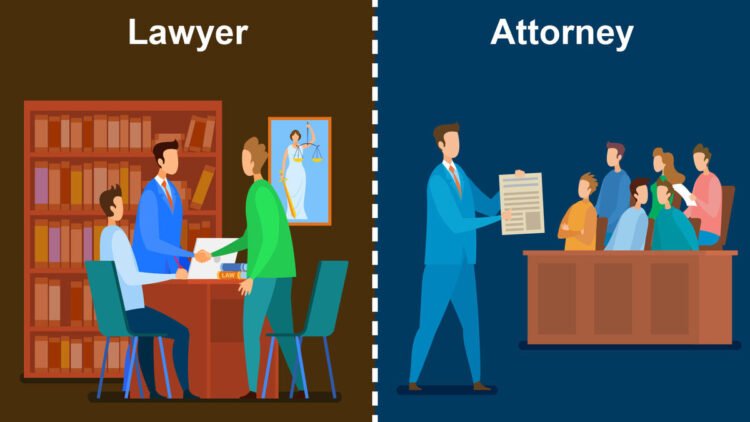
- Introduction
- Section 1: Legal Landscape of IoT Privacy Regulations
- Section 2: Key Provisions of IoT Privacy Regulations
- Section 3: Challenges and Future Trends
- Table: Privacy Regulations in Selected Jurisdictions
- Conclusion
-
FAQ about Privacy regulations in IoT devices
- What are privacy regulations for IoT devices?
- Which privacy regulations apply to IoT devices?
- How do privacy regulations affect the development of IoT devices?
- What are the benefits of complying with privacy regulations for IoT devices?
- What are the challenges of complying with privacy regulations for IoT devices?
- What resources are available to help manufacturers comply with privacy regulations for IoT devices?
- What are the future trends in privacy regulations for IoT devices?
- What can consumers do to protect their privacy when using IoT devices?
- What should consumers do if they believe their privacy has been violated by an IoT device?
Introduction
Hey there, readers! In today’s rapidly evolving digital landscape, the Internet of Things (IoT) has emerged as a transformative force, connecting billions of everyday devices to the internet. While IoT offers countless benefits, it also raises concerns about data privacy and security. This article will delve into the complex realm of privacy regulations governing IoT devices, providing a comprehensive overview of the legal framework and its implications for manufacturers, consumers, and regulators.
Privacy regulations for IoT devices have become increasingly important as our homes, vehicles, and cities become more interconnected. It is essential to understand the regulations and best practices to protect our personal information.
Section 1: Legal Landscape of IoT Privacy Regulations
International Regulations
The European Union (EU) has been at the forefront of IoT privacy regulations, implementing the landmark General Data Protection Regulation (GDPR) in 2018. GDPR establishes a robust framework for data protection, including the requirement that IoT device manufacturers obtain consent from users before collecting and processing personal data. Similarly, the California Consumer Privacy Act (CCPA) in the United States grants consumers the right to know what personal information is being collected, to access and delete it, and to opt out of its sale or sharing.
National and Regional Regulations
In addition to international regulations, various countries and regions have enacted their own laws addressing IoT privacy. For instance, China’s Cybersecurity Law imposes strict data localization requirements on IoT device manufacturers, while Japan’s Personal Information Protection Act requires businesses to establish privacy policies and obtain consent for data collection.
Privacy by Design and Default
Privacy regulations often emphasize the principles of "privacy by design" and "privacy by default." These principles encourage IoT device manufacturers to embed privacy considerations into the design and development of their products, ensuring that privacy is a default setting rather than an add-on feature.
Section 2: Key Provisions of IoT Privacy Regulations
Data Collection and Use
Privacy regulations typically set limits on the types of data that IoT devices can collect and how that data can be used. For instance, GDPR prohibits the collection of sensitive personal data without explicit consent from the user. Manufacturers must also provide transparent information about the purposes of data collection and the parties with whom it may be shared.
Data Security
IoT privacy regulations recognize the importance of protecting personal data from unauthorized access, theft, or misuse. Manufacturers are required to implement robust security measures, such as encryption, access controls, and regular security updates, to safeguard user data.
User Control and Consent
Regulations grant users significant control over their personal data. They have the right to access, request corrections to, and delete their data. Additionally, users must provide informed consent before their personal data can be collected or processed.
Section 3: Challenges and Future Trends
Enforcement and Compliance
Enforcing IoT privacy regulations remains a challenge due to the global nature of the industry and the complexities of data flows. Regulators are working to develop effective enforcement mechanisms, including fines and penalties for non-compliance.
Evolving Technology and Privacy Implications
The rapid evolution of IoT technology poses new challenges for privacy regulation. Emerging technologies, such as artificial intelligence and blockchain, raise additional concerns about data processing and security. Regulators must adapt their policies to keep pace with technological advancements.
International Cooperation and Harmonization
The global nature of IoT requires international cooperation to ensure consistent privacy protections. Efforts are underway to harmonize privacy regulations across different jurisdictions, fostering a level playing field for manufacturers and protecting users’ rights regardless of their location.
Table: Privacy Regulations in Selected Jurisdictions
| Jurisdiction | Regulation | Key Provisions |
|---|---|---|
| European Union | General Data Protection Regulation (GDPR) | Consent required for data collection, data protection principles |
| United States | California Consumer Privacy Act (CCPA) | Right to know, access, delete, and opt out |
| China | Cybersecurity Law | Data localization requirements, data collection restrictions |
| Japan | Personal Information Protection Act | Privacy policies required, consent necessary |
| Australia | Privacy Act 1988 | Fair and lawful data collection, disclosure restrictions |
| Canada | Personal Information Protection and Electronic Documents Act (PIPEDA) | Consent, security measures, user access rights |
Conclusion
Privacy regulations for IoT devices are essential to protect the personal data of consumers in an increasingly connected world. By understanding the legal landscape and key provisions of these regulations, manufacturers, consumers, and regulators can work together to safeguard privacy and ensure the ethical use of IoT technology. For more in-depth insights on IoT privacy, be sure to explore our other articles on data protection, security best practices, and emerging regulatory trends.
FAQ about Privacy regulations in IoT devices
What are privacy regulations for IoT devices?
Privacy regulations are laws and regulations that govern the collection, use, and sharing of personal data by IoT devices. These regulations vary by country and region, but they generally share the following goals:
- To protect the privacy of individuals
- To ensure that personal data is used fairly and transparently
- To give individuals control over their personal data
Which privacy regulations apply to IoT devices?
The privacy regulations that apply to IoT devices will depend on the country or region in which the devices are used. Some of the most common privacy regulations include:
- The General Data Protection Regulation (GDPR) in the European Union
- The California Consumer Privacy Act (CCPA) in the United States
- The Personal Information Protection and Electronic Documents Act (PIPEDA) in Canada
How do privacy regulations affect the development of IoT devices?
Privacy regulations can affect the development of IoT devices in a number of ways. For example, regulations may require manufacturers to:
- Design devices with strong security features
- Provide users with clear and concise privacy policies
- Obtain consent from users before collecting or sharing personal data
What are the benefits of complying with privacy regulations for IoT devices?
Complying with privacy regulations can provide a number of benefits for manufacturers, including:
- Reduced risk of legal liability
- Increased consumer trust
- Improved reputation
What are the challenges of complying with privacy regulations for IoT devices?
Complying with privacy regulations can also pose a number of challenges for manufacturers, including:
- The cost of implementing compliance measures
- The complexity of privacy regulations
- The need to keep pace with changing regulations
What resources are available to help manufacturers comply with privacy regulations for IoT devices?
There are a number of resources available to help manufacturers comply with privacy regulations for IoT devices, including:
- The International Data Protection and Privacy Commissioner’s (IDPPC) website
- The European Data Protection Board (EDPB) website
- The Federal Trade Commission (FTC) website
What are the future trends in privacy regulations for IoT devices?
Privacy regulations for IoT devices are evolving rapidly. Some of the key trends include:
- The increased focus on data security
- The development of new privacy-enhancing technologies
- The growing awareness of privacy issues among consumers
What can consumers do to protect their privacy when using IoT devices?
Consumers can take a number of steps to protect their privacy when using IoT devices, including:
- Reading the privacy policies of IoT devices before using them
- Only connecting IoT devices to secure networks
- Using strong passwords and passphrases
- Disabling features that collect personal data when they are not needed
What should consumers do if they believe their privacy has been violated by an IoT device?
Consumers who believe their privacy has been violated by an IoT device should contact the manufacturer of the device. They can also contact the relevant data protection authority in their country or region.





